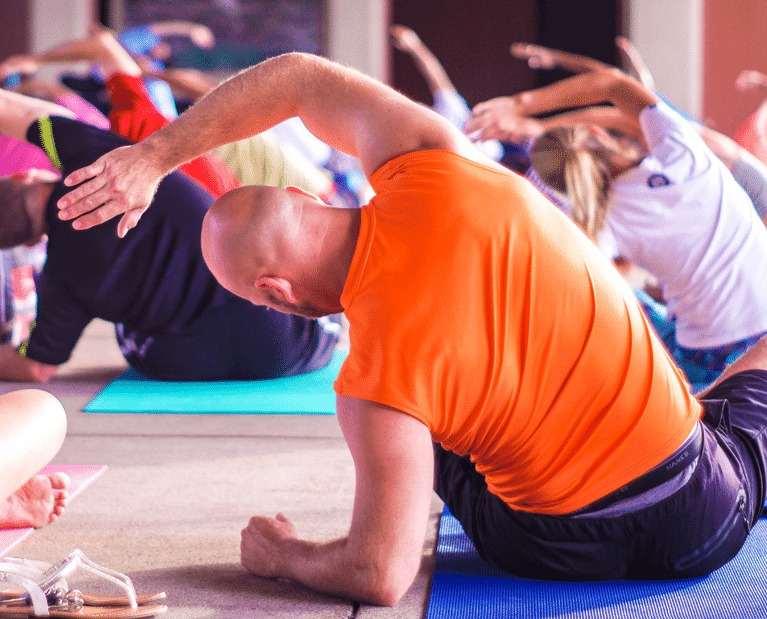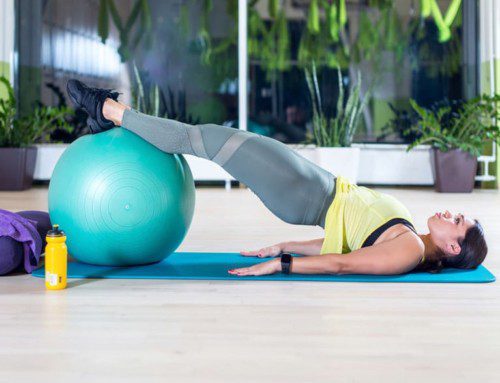The Feldenkrais rotation is an excellent exercise because it is simple yet provides an immediate impact.
I first learned about the Feldenkrais thoracic rotation in 1997 while working in the chronic pain inpatient program at the Hospital for Joint Diseases in NYC. It was a three-week program in which PTs and OTs did not lay a hand on the patients.
At this point in their recovery, patients had been through a wide array of treatments to try and solve their health problems. We were there to break the pain patterns and retrain their systems through yoga, education, meditation, body awareness, pool therapy, Pilates and postural awareness.
One of the other physical therapists was a Feldenkrais practitioner from Australia, who taught me the method.
What is Feldenkrais?
The philosophy behind Feldenkrais is to reorganize the mind-body connection to correct movement. The exercise was designed to help with stiff necks which have decreased rotation in one or both sides. Ideally, your thoracic spine should move with your cervical spine on rotation, but in the instance of injury it will often shut off, limiting the motion.
The Feldenkrais rotation reconnects your thoracic spine rotation with your cervical rotation, allowing them to move together.
How to Do a Feldenkrais Thoracic Rotation
If you're missing cervical rotation, this straightforward exercise will help improve thoracic mobility. Watch the video below and follow these three steps to start using the Feldenkrais thoracic rotation exercise:
- Step 1:
Rotate your head all the way to the right and pick a spot on the wall, then rotate left as far as you can and choose another a place on the wall. Make a note of both spots in your mind. - Step 2:
Cross your arms across your chest and keep your head in line with your body while making sure not to rotate your head. Rotate the body as far to the right as you can and then as far to the left. Pick points that you will rotate out to and remember them. - Step 3:
Turn your head back left and right and see if the rotation has improved in either direction.
Want to learn more simple exercises you can do at home? Schedule an appointment with one of our trained physical therapists and we'll assess your movement to create an exercise program made just for you.





